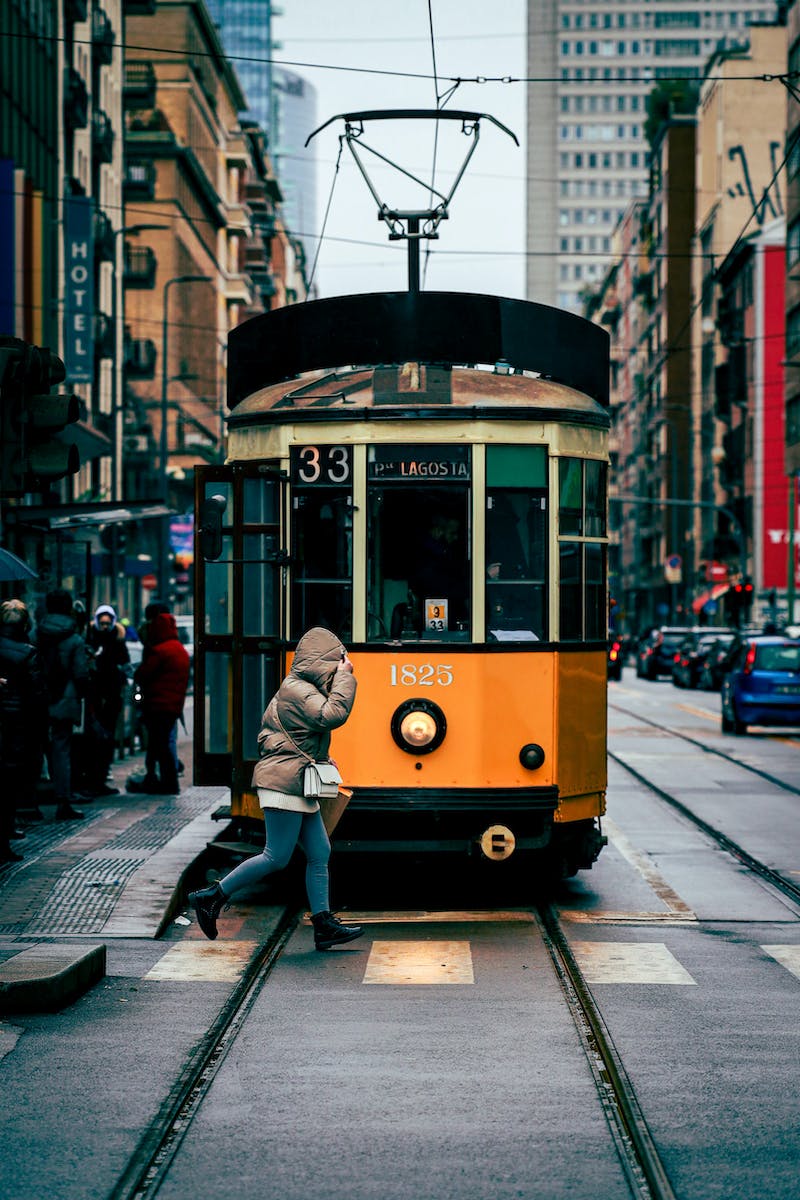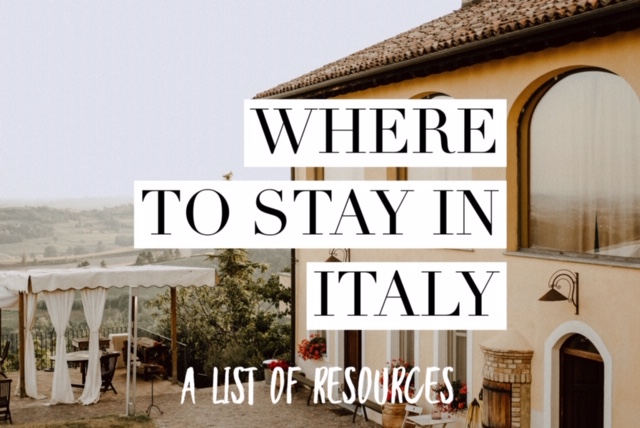

Transportation in Italy is a well-developed network of roads, railways, and airports that connect the country’s major cities and tourist destinations.
Road transportation in Italy is perhaps the most popular mode of transportation for both locals and tourists. The country’s extensive network of highways and roads makes it easy to travel by car throughout the country. In addition to cars, buses and motorcycles are also commonly used for transportation. Italy has an extensive network of toll roads, known as autostrada, which connect the country’s major cities and offer the quickest and most efficient way to travel by car.
Read Top European Countries Offering Free Education for International Students
Italy also has a well-developed railway system, with trains connecting all major cities and tourist destinations. The high-speed train, known as the Frecciarossa, is one of the fastest and most efficient ways to travel throughout the country. It connects major cities such as Rome, Milan, and Florence and is popular with tourists.
Air transportation in Italy is also well-developed, with airports in all major cities and tourist destinations. The two main airports in Italy are Leonardo da Vinci–Fiumicino Airport in Rome and Malpensa Airport in Milan. These airports offer flights to destinations throughout Italy and around the world.
In addition to these modes of transportation, Italy has a well-developed public transportation system, including buses, metro systems, and trams in significant cities. This makes it easy for tourists to get around and explore the country’s many attractions.
Overall, the transportation system in Italy is well-developed and efficient, making it easy for tourists and locals to travel throughout the country. Whether you’re traveling by car, train, or plane, you’ll find that getting around Italy is easy and convenient.
Read Best Universities in Italy 2023 Ranking List
Cheap Transportation System in Italy
In Italy, there are several options for cheap transportation. One option is to use the country’s extensive bus network, which can be less expensive than taking the train. Another option is to use regional trains, which are typically less expensive than high-speed trains. Additionally, Italy has a number of car and bike-sharing services, which can be a cost-effective way to get around in cities. You can also consider using a combination of different modes of transportation, such as taking the train to a city and then using a bike or car-sharing service to explore the city center.
Read Surprising Facts About Study In Finland
Transportation in Italy Cost
The cost of transportation in Italy can vary depending on the mode of transportation and the distance being traveled.
- Train: Train fares in Italy can vary widely depending on the type of train and the route. Regional trains tend to be less expensive than high-speed trains, and there are often discounts available for purchasing tickets in advance or for traveling during off-peak hours. A one-way ticket from Rome to Florence on a regional train, for example, might cost around €12-25, while a one-way ticket on a high-speed train could cost €35-50 or more.
- Bus: Bus fares in Italy are generally less expensive than train fares, and can be a cost-effective option for traveling between cities or within a region. A one-way bus ticket from Rome to Florence, for example, might cost around €10-15.
- Car rental: Car rental in Italy can be expensive, especially in major cities where parking can be difficult to find. Prices can vary depending on the type of car, the length of rental, and the location. Expect to pay around €50-70 per day for a compact car, with additional fees for insurance, taxes, and other charges.
- Bike and scooter rental: Bike and scooter rental are becoming a popular option for getting around in cities and towns in Italy, especially in tourist areas. Prices can vary depending on the length of rental and the location but expect to pay around €5-15 per hour for a bike, and €10-30 per day for a scooter.
It is always good to check prices and compare different options before making a decision, considering all the variables and the specific transportation needs.
Read Jobs In Italy For Foreigners
Cheap Transportation System for International Students
International students looking for cheap transportation options in Italy can consider the following:
- Bus: Bus travel is generally the cheapest option for getting around, and there are many bus companies operating in Italy. Some cities also have extensive networks of city buses, which can be a cost-effective way to get around.
- Train: Regional trains are typically less expensive than high-speed trains, and there are often discounts available for students. Some universities in Italy also have agreements with train companies to offer discounted fares to students.
- Bike-sharing: Many cities in Italy have bike-sharing programs, which can be a cost-effective way to get around. Some universities also have bike-sharing programs for students.
- Walking: Walking is a free and healthy way to explore a new place, especially for short distances.
- Carpooling: Carpooling with other students can be a cost-effective way to travel, especially for longer distances. Many students use apps like BlaBlaCar to share rides.
Read Cheap Accommodation for Students in Italy – International Student Apartments in Italy
It’s also worth noting that some universities in Italy offer discounts or subsidies for public transportation or other mobility options to their students, so it’s worth checking with the international office of your university to see what options are available to you.







3 Comments